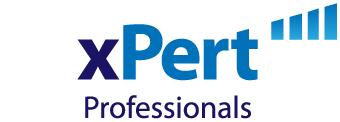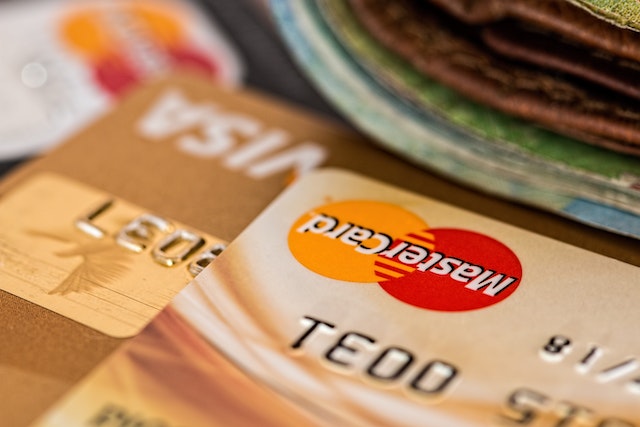Wages have improved again but by less than expected, lifting 3.3 per cent annually in the December quarter.
On a quarterly basis, the Australian Bureau of Statistics’ wage price index lifted 0.8 per cent.
ABS head of prices statistics Michelle Marquardt said the increase in hourly wage rates for the December 2022 quarter was lower than the 1.1 per cent increase for the September quarter.
“It was, however, higher than any December quarter increase across the last decade,” she said.
Analysts were broadly anticipating one per cent quarterly growth and 3.5 per cent over the year in the final quarter of 2022.
Despite the improvement in wages, elevated inflation continues to erode gains in worker pay.
In the December quarter, inflation grew by 7.8 per cent over the 12 months, taking the gap between inflation and wage growth to a considerable 4.5 per cent.
Private sector wages grew by 0.8 per cent over the quarter and 3.6 per cent annually, outpacing the 0.7 per cent quarterly improvement and the 2.5 per cent annual lift in public sector wages.
BIS Oxford Economic head of macroeconomic forecasting Sean Langcake said the softer-than-expected wage growth should temper the Reserve Bank’s fears of a “wage-price spiral”.
“Nevertheless, the labour market continues to track in a very tight position,” he said.
“The wage price index is a narrow measure of wage growth and these data will not completely allay the RBA’s concerns over a wage-price spiral,” he added.
The RBA hiked interest rates for the ninth time in a row in February and has indicated more tightening will be necessary to tackle persistent inflation.
BIS Oxford Economics expects to see three more interest rate hikes before the cash rate peaks.
Poppy Johnston
(Australian Associated Press)





